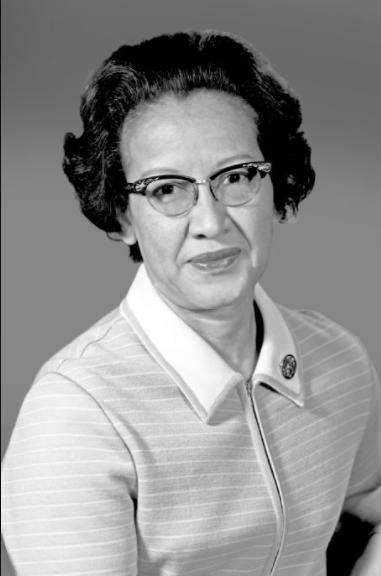Katherine Johnson Death
Katherine passed away on February 24, 2020 at the age of 101 in Newport News, Virginia, USA.
When did Katherine Johnson die?
February 24, 2020How old was Katherine Johnson when died?
101Where did Katherine Johnson die? What was the location of death?
Newport News, Virginia, USA
Katherine Johnson Birthday and Date of Death
Katherine Johnson was born on August 26, 1918 and died on February 24, 2020. Katherine was 101 years old at the time of death.
Birthday: August 26, 1918
Date of Death: February 24, 2020
Age at Death: 101
Katherine Johnson - Biography
Katherine Johnson Scientist - Date of Birth: August 26, 1918Hometown: White Sulphur Springs, WVEducation: B.S., Mathematics and French, West virginia State College, 1937Hired by NACA: June 1953Retired from NASA: 1986Actress Playing Role in Hidden Figures: Taraji P. HensonBeing handpicked to be one of three black students to integrate West v*rginia’s graduate schools is something that many people would consider one of their life’s most notable moments, but it’s just one of several breakthroughs that have marked Katherine Johnson’s long and remarkable life. Born in White Sulphur Springs, West v*rginia in 1918, Katherine Johnson’s intense curiosity and brilliance with numbers vaulted her ahead several grades in school.
The 1957 launch of the Soviet satellite Sputnik changed history—and Katherine Johnson’s life. In 1957, Katherine provided some of the math for the 1958 document Notes on Space Technology, a compendium of a series of 1958 lectures given by engineers in the Flight Research Division and the Pilotless Aircraft Research Division (PARD). Engineers from those groups formed the core of the Space Task Group, the NACA’s first official foray into space travel, and Katherine, who had worked with many of them since coming to Langley, “came along with the program” as the NACA became NASA later that year. She did trajectory analysis for Alan Shepard’s May 1961 mission Freedom 7, America’s first human spaceflight.
In 1960, she and engineer Ted Skopinski coauthored Determination of Azimuth Angle at Burnout In 1962, as NASA prepared for the orbital mission of John Glenn, Katherine Johnson was called upon to do the work that she would become most known for. The complexity of the orbital flight had required the construction of a worldwide communications network, linking tracking stations around the world to IBM computers in Washington, DC, Cape Canaveral, and Bermuda. The computers had been programmed with the orbital equations that would control the trajectory of the capsule in Glenn’s Friendship 7 mission, from blast off to splashdown, but the astronauts were wary of putting their lives in the care of the electronic calculating machines, which were prone to hiccups and blackouts. As a part of the preflight checklist, Glenn asked engineers to “get the girl”—Katherine Johnson—to run the same numbers through the same equations that had been programmed into the computer, but by hand, on her desktop mechanical calculating machine. “If she says they’re good,’” Katherine Johnson remembers the astronaut saying, “then I’m ready to go.” Glenn’s flight was a success, and marked a turning point in the competition between the United States and the Soviet Union in space.
When asked to name her greatest contribution to space exploration, Katherine Johnson talks about the calculations that helped synch Project Apollo’s Lunar Lander with the moon-orbiting Command and Service Module. She also worked on the Space Shuttle and the Earth Resources Satellite, and authored or coauthored 26 research reports. She retired in 1986, after thirty-three years at Langley. “I loved going to work every single day,” she says. In 2015, at age 97, Katherine Johnson added another extraordinary achievement to her long list: President Obama awarded her the Presidential Medal of Freedom, America’s highest civilian honor








